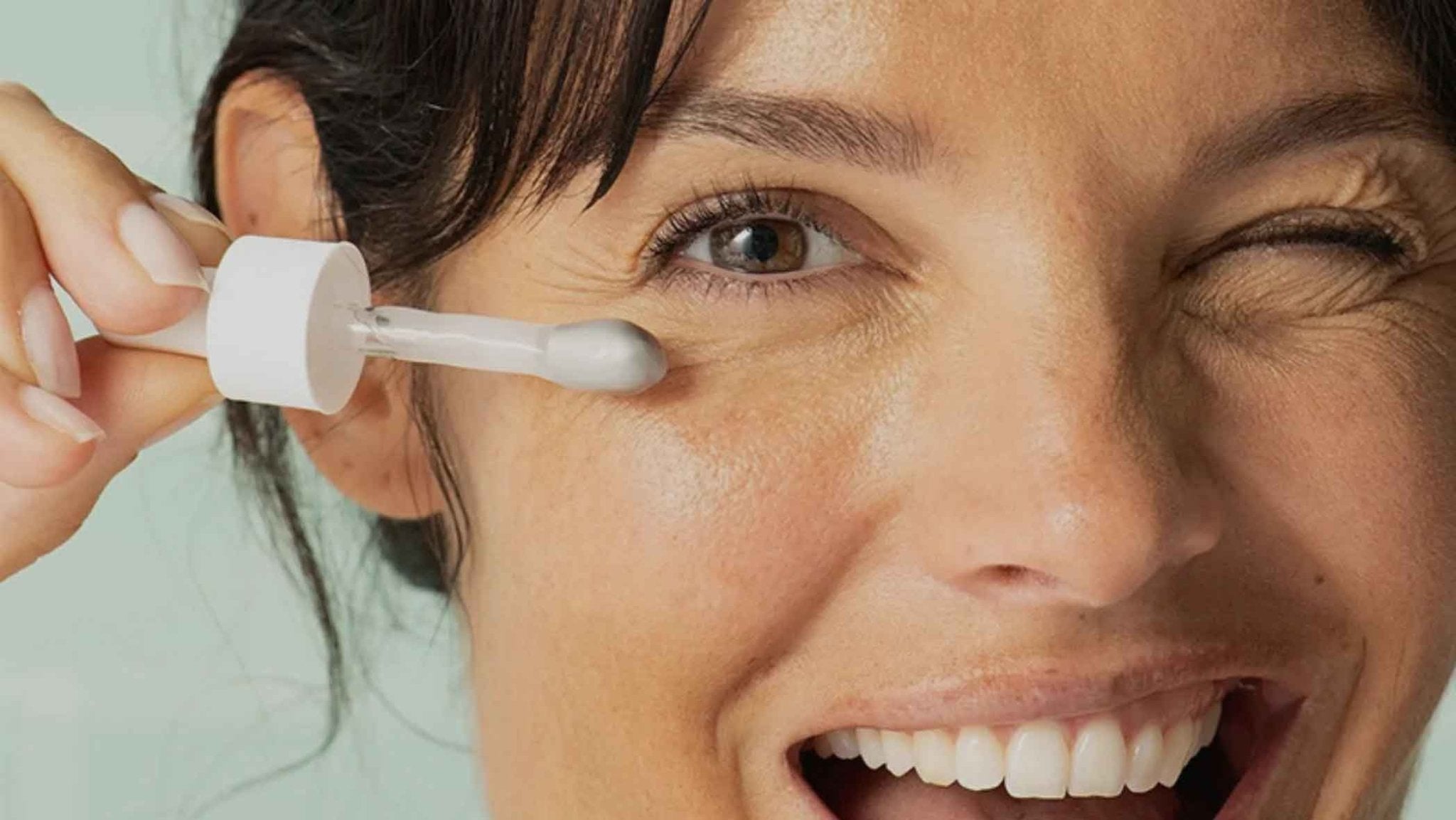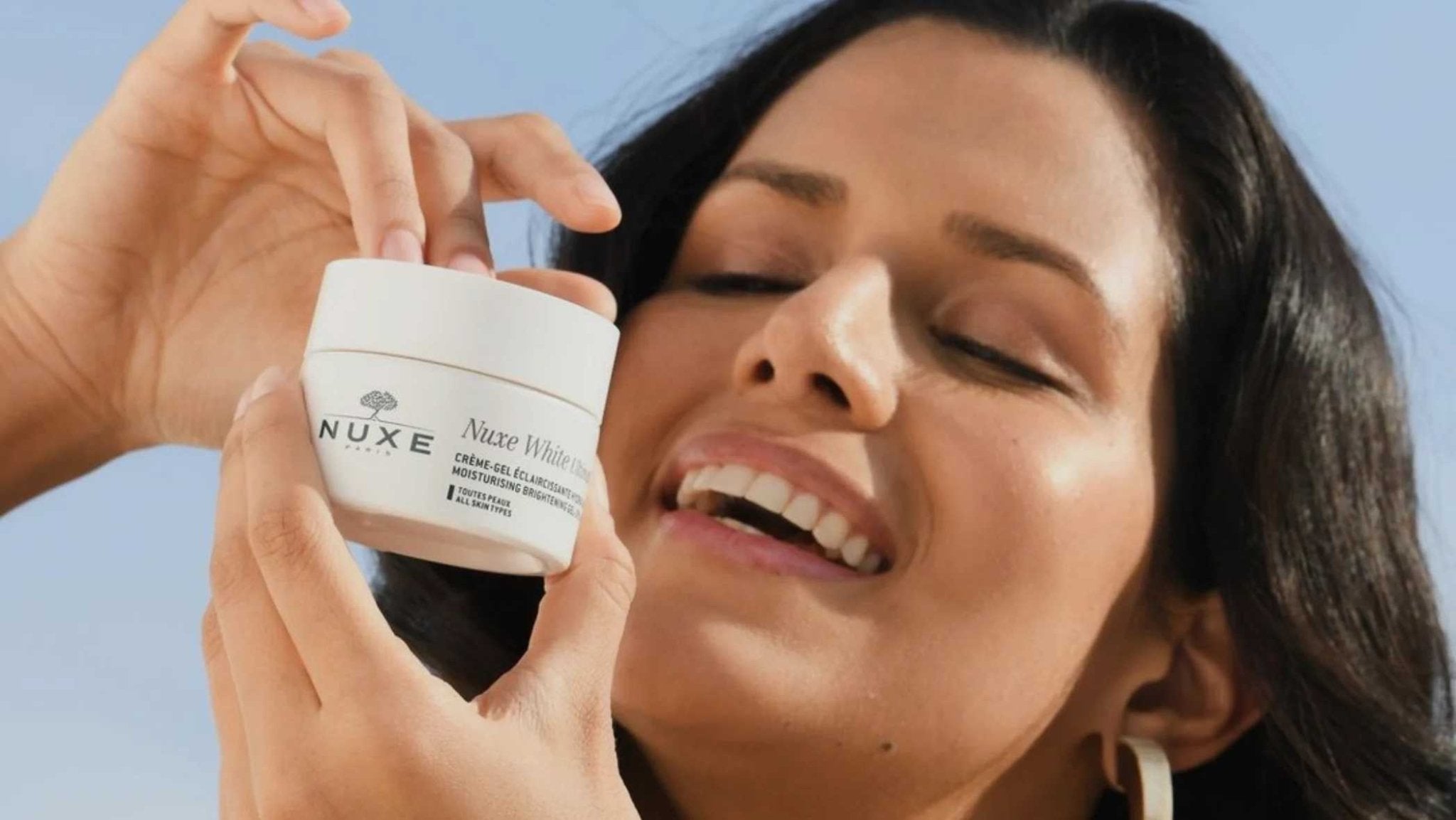As a pharmacist working in Community Pharmacy, I often assist customers with concerns about their skin. Part of my job as a pharmacist is to ask the right questions to obtain an accurate symptom history so that I can offer appropriate management options or refer to a dermatologist when necessary.
The most common skin concerns I see in Community Pharmacy include eczema, dry skin, acne, rosacea, sensitive skin, and sensitised skin (they are different!). There are some differentiating symptoms between these common skin conditions which can help guide diagnosis and treatment.
How to differentiate eczema from dry skin?
There are many types of eczema, the most common being atopic dermatitis which results from an interplay between an overactive immune system and environmental factors.
While both atopic dermatitis and dry skin can make your skin flaky, atopic dermatitis also presents with patches of red, irritated, and inflamed skin with the hallmark symptom being itch.
First line treatment for atopic dermatitis is to improve the skin condition and reduce itch, and therefore the urge to scratch, with frequent use of emollients. Emollients act as a barrier on the skin and help to prevent moisture loss and restore the normal function of the skin barrier.
Emollient choice depends on how dry the skin is, the climate and patient preference. A fragrance-free emollient is ideal as we know that fragrances in topical products can cause contact allergy in some people.
Shop best products for eczema and dry skin: Bioderma Atoderm Intensive Baume | Embryolisse Filaderme | SVR Sensifine | Uriage Thermal Spray
 |
 |
 |
 |
.
What is sensitive skin?
Often people will mistake sensitive skin for sensitised skin as they share similar symptoms such as redness, irritation & hyper-reactivity. While sensitised skin arises because of external factors which have compromised the skin barrier (such as over exfoliating), sensitive skin is a genetic predisposition which leaves the skin hyper-reactive.
People with sensitive skin often have a thinner skin barrier making their skin more responsive to external irritants, such as fragrance or active ingredients in skincare. People with sensitive skin should seek out fragrance free products and ingredients that help maintain a healthy skin barrier and soothe the skin, such as ceramides, aloe vera and shea butter.
Shop best products for sensitive skin: Embryolisse Lait Creme Sensitive | SVR Sensifine Anti-Redness | Etat Pur
 |
 |
.
Redness & Flakiness: Is it sensitive skin or rosacea?
Although redness and flakiness can be symptoms of both sensitive skin and rosacea, there are some symptoms of rosacea which help differentiate between the two.
Rosacea is a chronic and relapsing skin condition which is characterised by redness across the middle of the face, with visible blood vessels which sometimes presents with small, pus-filled bumps on the face. People with rosacea may also experience flushing of the skin, leaving it feeling hot to touch, red and uncomfortable.
It is important that rosacea is diagnosed by a medical practitioner so that it can be treated appropriately. Mild symptoms, such as redness & warm skin, may be managed with topical products that aim to cool the skin, reduce the appearance of redness, and soothe irritation.
Shop best products for sensitivity and rosacea: SVR Topialyse
.
Does oily skin always mean acne prone skin?
It’s a common misconception that oily skin is also always acne prone skin. Although excess oil, also known as sebum, can clog pores and cause acne, it doesn’t mean that all oily skin is acne prone. All types of skin, including dry skin, can be acne prone.
If you do have oily skin that is acne prone, using a product that helps reduce & regulate the production of sebum can help.
Active ingredients such as salicylic acid (a BHA), niacinamide and gentle exfoliators such as poly-hydroxy acids (PHAs), which removes dead skin cells while hydrating the skin, can help manage oily and acne prone skin.
Ensuring the skin is well hydrated is also important, as oily skin can often be dehydrated (lacking water!). Using soaps, harsh scrubs, and other drying topical products to deal with excess oil can dry out the skin, resulting in dehydrated but oily skin. Replenishing the skin with hydrating ingredients, such as ceramides and hyaluronic acid, can help correct this.
Shop best products for oily and acne-prone skin: SVR | Embryolisse Lait Creme Fluid | Bioderma
 |
 |
 |










